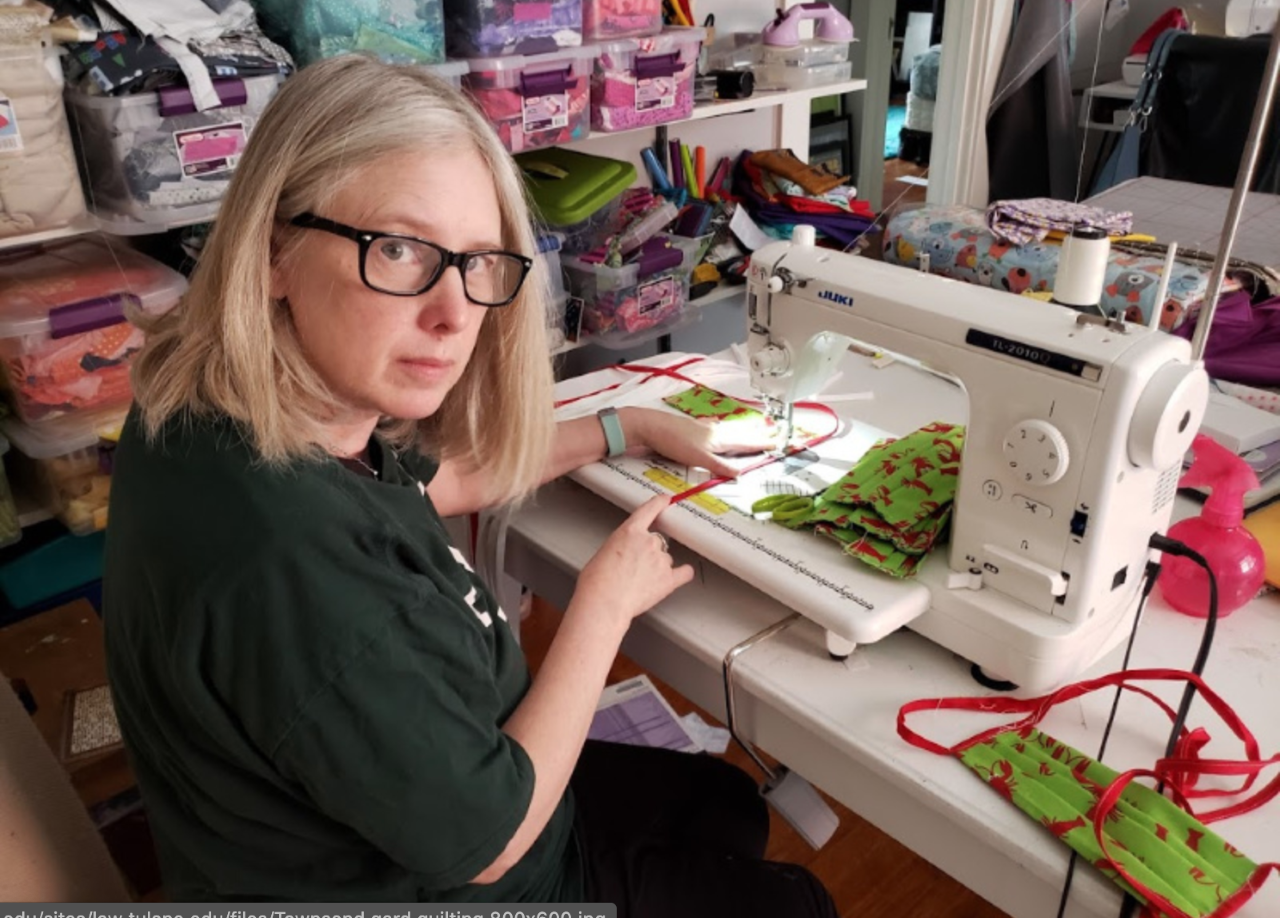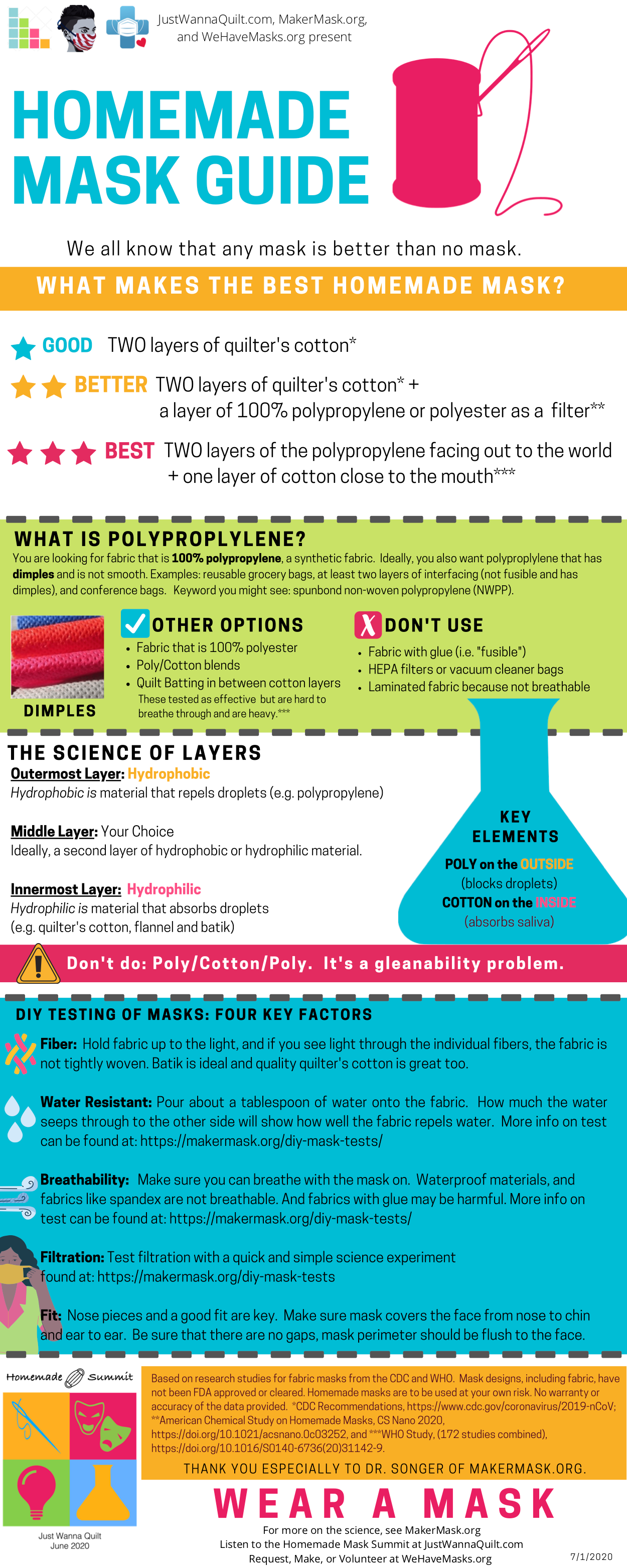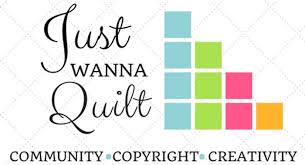Making Masks
By Dr. Elizabeth Townsend Gard Greenbaum Fellow, Newcomb Institute Professor of Law, Tulane University

In March, I started to see calls for masks from nurses, doctors, and hospitals. My quilting and sewing friends were getting the same requests. Of course, we could make masks. But which pattern? Which fabric? Are they helpful, or harmful? The frenzy of trying to get information continued throughout the spring, as we (the sewing community) organized and activated into a sewing army across the country. Hundreds upon thousands of organizations sprung up. Facebook groups. And of course, YouTube videos on how to make a variety of all kinds of masks.
I was part of this movement in every way. We got grants to purchase fabric for 7th Ward sewing groups, including a small grant from Newcomb Institute. We worked with local communities to get equipment to make masks more efficiently. And I personally donated fabric to artists to help their profit margins in making masks for sale. Personally, I made masks — at least 800 of them, probably more. I struggled over which pattern to use (surgical is my preference because they fit everyone). I struggled over which fabric, how many layers, and whether or not to include a filter. To tie or use elastic. But mostly I struggled with the science that continued to change and emerge with what we as sewists should be doing. We started Million Masks a Day to help organize and understand the information we were seeing. But that was just not enough. The science and the requests for masks were both coming in at an alarming rate.
And then, thanks to Newcomb’s sponsorship, and with the help of law, public health, and medical students, we put on the Homemade Mask Virtual Summit, a total of 10 hours of programming, with 55 panelists over two days in June. We brought scientists and sewists together. We celebrated our achievements, from the Broadway community to our local sewists. We asked questions, and we created a follow-up plan: working with scientists and sewists to create an infographic about best practices for making masks.
And so what is the (current) answer? What makes a good mask?
- At least two layers, but three is better.
- Breathable but a tight weave, a good quilter’s cotton.
- At least one layer of Polypropylene towards the world to block out smaller particles.
- A well-fitting mask with no gaps.
View Elizabeth’s handmade masks made with polypropylene and batik cotton here.


